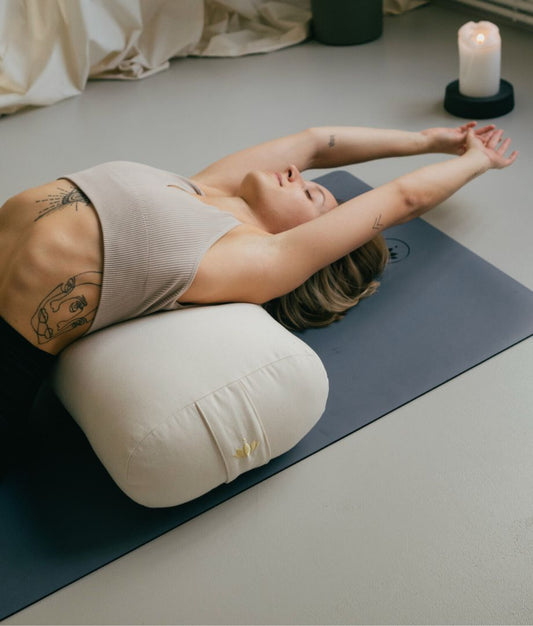
Set-Offers
Save when you buy a set
Shopping cart
Your shopping basket is empty
Yoga
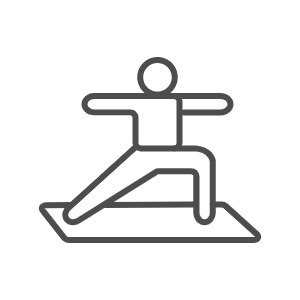
Meditation
Yoga Sets
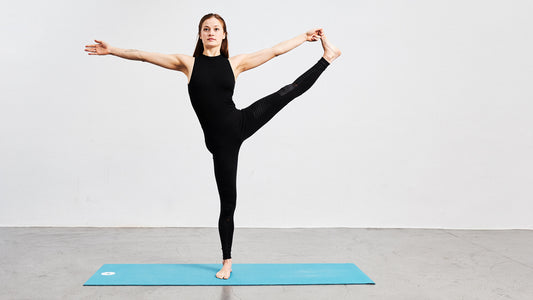
| Yoga
We humans love to set goals. There's nothing wrong with that either, because nothing gives us more stamina and energy than a vision to which we are drawn. In yoga, however, we should not lose sight of the true goals. And they have little to do with mastering all physical exercises
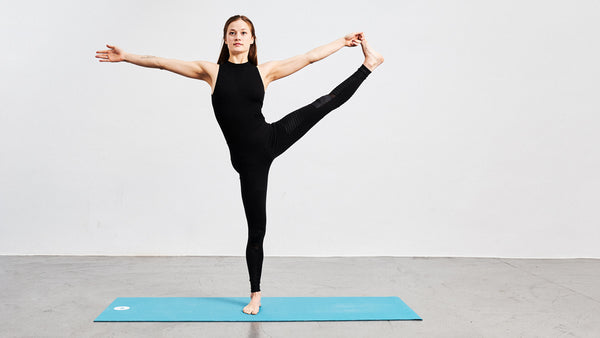
If you ask around among yogis, however, you will notice that more and more often the goal is not “Samadhi”, “Enlightenment” or “Peace of Mind”, but rather “Hanumanasana”, “Yoganidrasana” or “Adho Mukha Vrksasana”. We dream of gracefully sinking into the splits, casually crossing our feet behind our heads, or standing in a handstand just as securely as on our feet. Various challenges (detox! bikini!) give us the impression that this is what yoga is all about: “pushing our limits”, getting further and deeper, mastering asanas. We think that if we work hard enough on ourselves, eventually we can mold our bodies into any shape we want.
Unfortunately, this often leads to false ambition or even injuries. Yogic, on the other hand, would be to lovingly explore and gently expand your own limits and possibilities.
No important yoga scripture says: Whoever masters all asanas will inevitably find enlightenment. On the contrary - AG Mohan , one of the last living disciples of the great Krishnamacharya, said very clearly in one of his lectures:
“The notion that we should all practice asanas is fundamentally wrong. Practice those that help you sit and meditate.”
He recommended choosing and practicing those two to three physical exercises that fit your physical and mental condition and allow you to sit in a stable, upright position during meditation - nothing more.
It is a special quality of yoga that everyone can find their own personal, holistic balance in it. This also includes recognizing that we have very different anatomical requirements. If we are unable to assume a posture despite correct, continuous practice, it may be due to our individual bone structure. Where we are limited not by tension but by compression (bone on bone), we cannot go any further without harming ourselves.
Thanks to Yin Yoga teachers like Paul Grilley and Bernie Clark, more and more yogis understand that not every body can do everything. There is no general alignment that is correct for everyone because we are unique. Some people can never get into the lotus position or the splits without injuring themselves. Some can easily touch the ground with their hand in the triangle, while others should always use a block due to the structure of their hip joint. The end goal isn't the form anyway - it's the way we stay in a posture and the attention we bring to our practice.
So instead of striving for perfection or uniformity on the yoga mat, let's celebrate and appreciate our uniqueness. And don't lose sight of the fact that the physical exercises in yoga are only one step on the way to meditation .
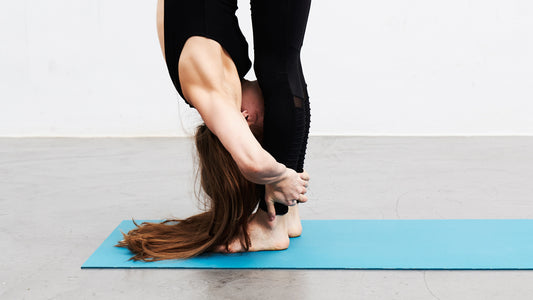
As a yoga teacher, how often have I heard: “I would also like to do yoga, but I can’t even get my fingers up to my toes!” or “Unfortunately I’m too...
Continue reading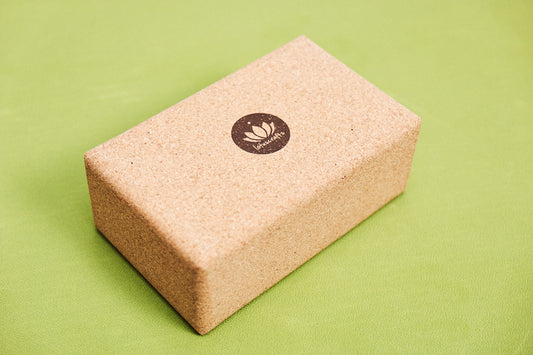
Many positions in yoga not only require our full attention, but also the strength of our muscles and an open body. Due to constant sitting and work...
Continue reading
There are no comments yet. Be the first to leave a comment!